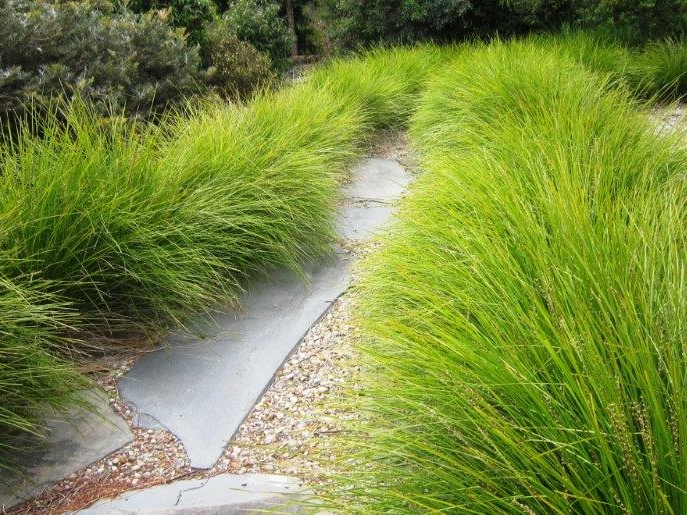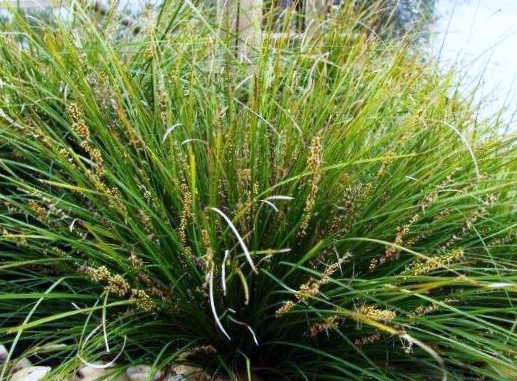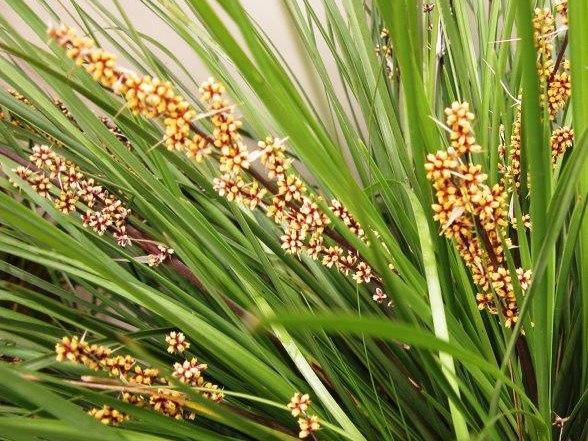There is No Limit to how many plants you buy:
Melbourne Metro deliveries cost $44.00.
Expect your delivery to arrive between 1 and 5 business days.
The Mornington Peninsula ** Mt Eliza to Portsea ** and Geelong deliveries cost $66.00.
Expect your delivery to arrive between 1 and 5 business days.
Outer Melbourne deliveries cost $132.00.
Expect your delivery to arrive between 1 and 7 business days.
Regional Victoria deliveries cost between $143.00 – $264.00.
Expect your delivery to arrive between 3 and 7 business days.
Call David Direct on 0427 047 857 to
“GET YOUR PLANTS IN THE VAN!!”


